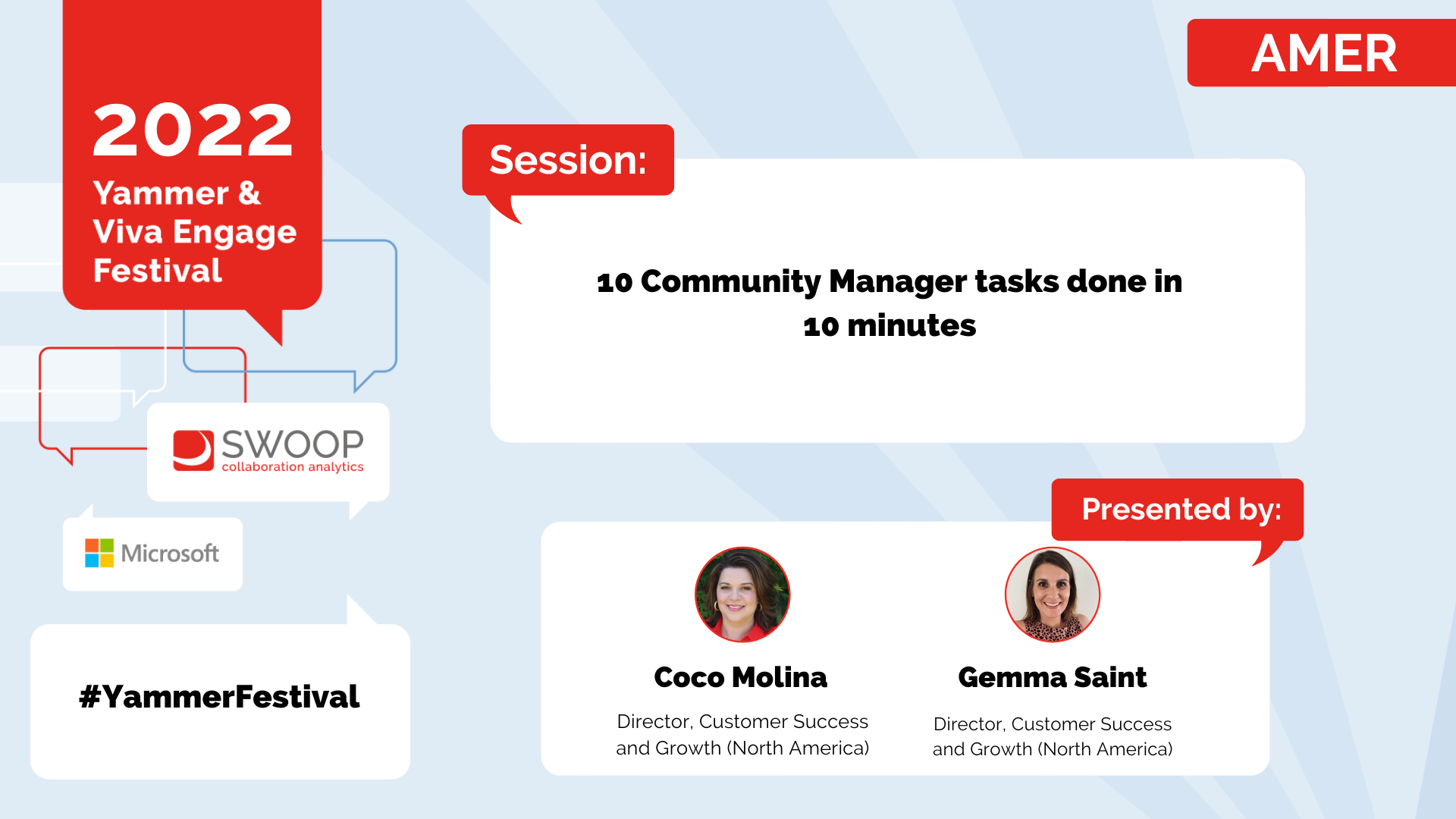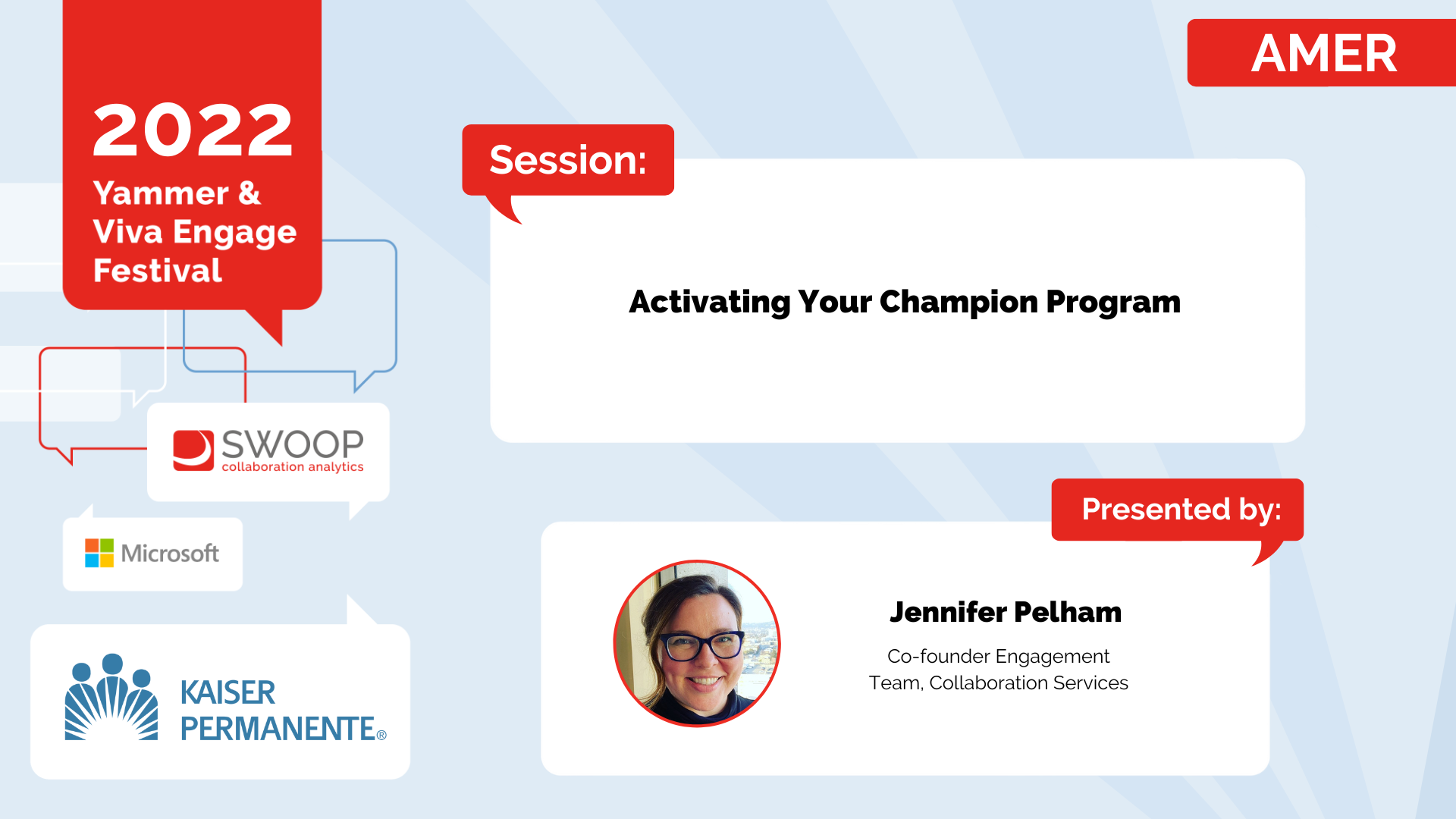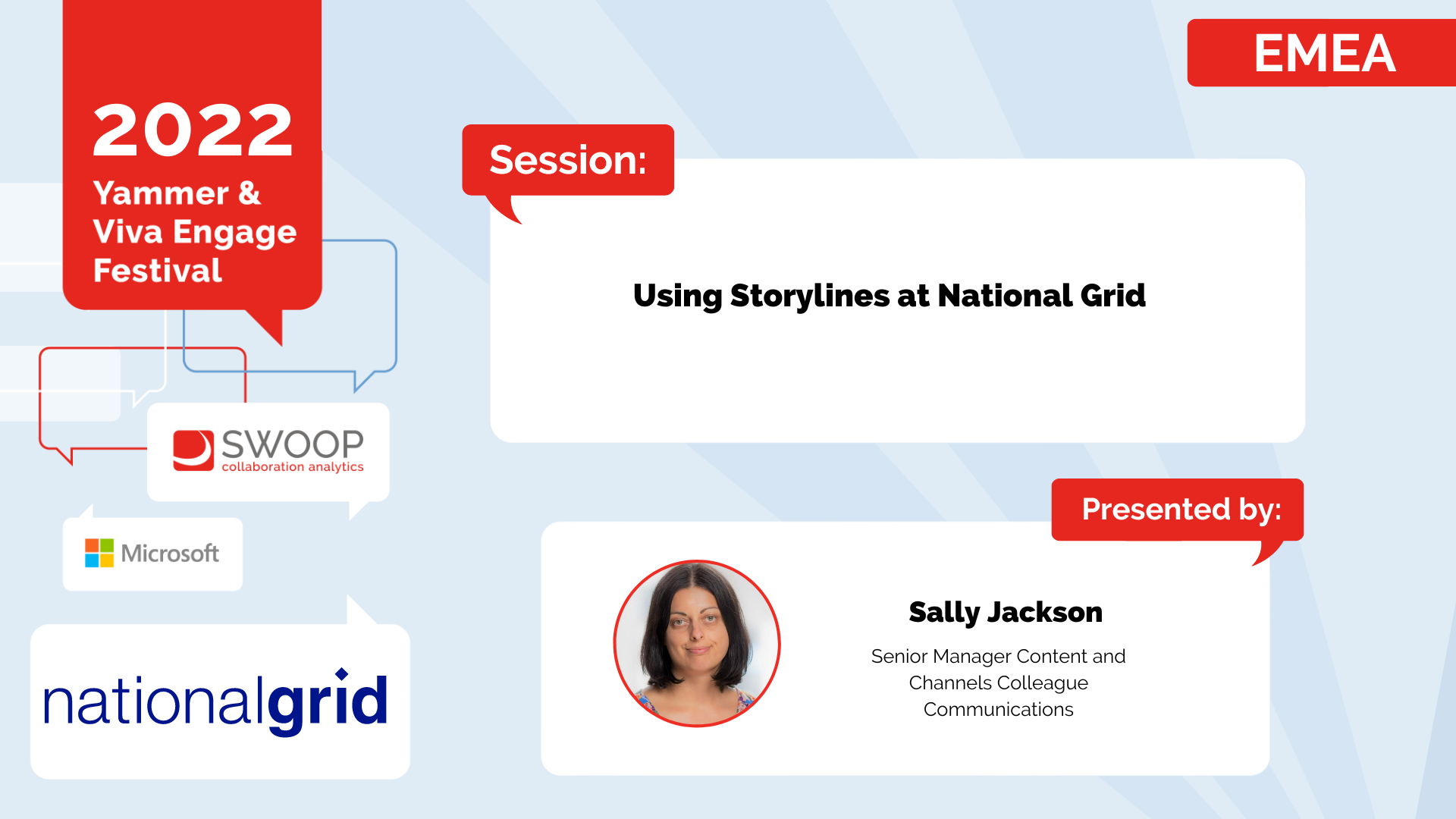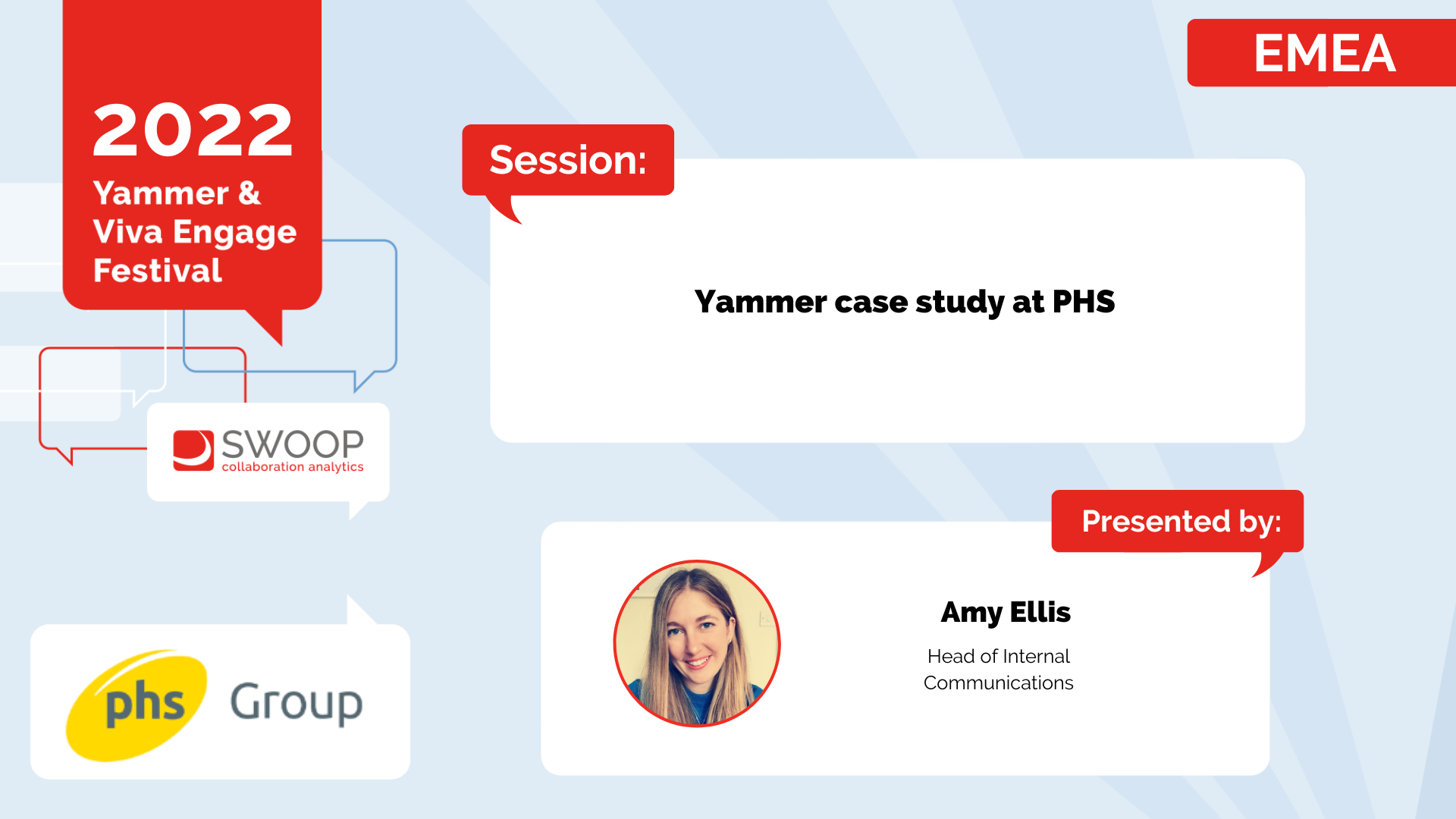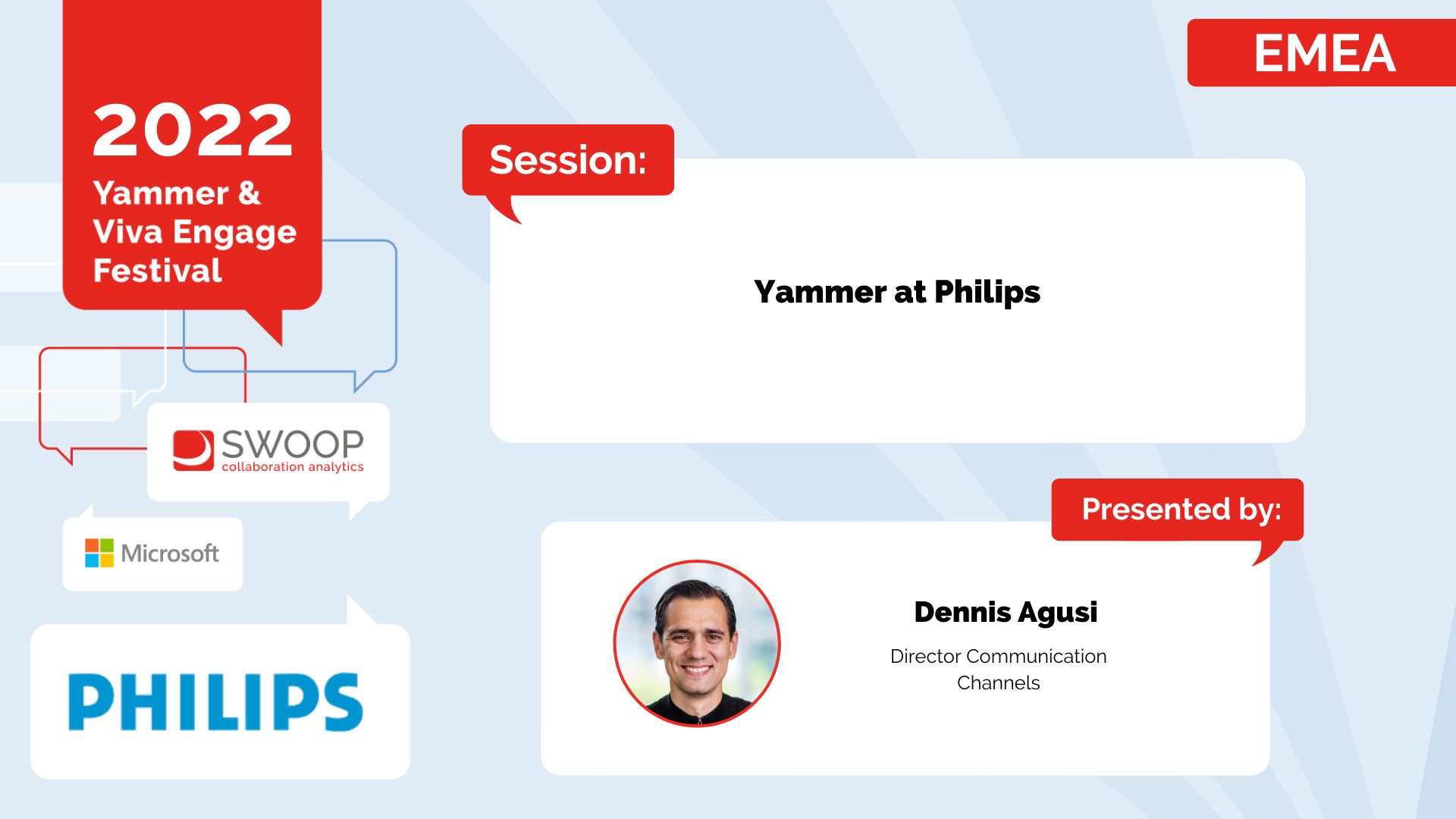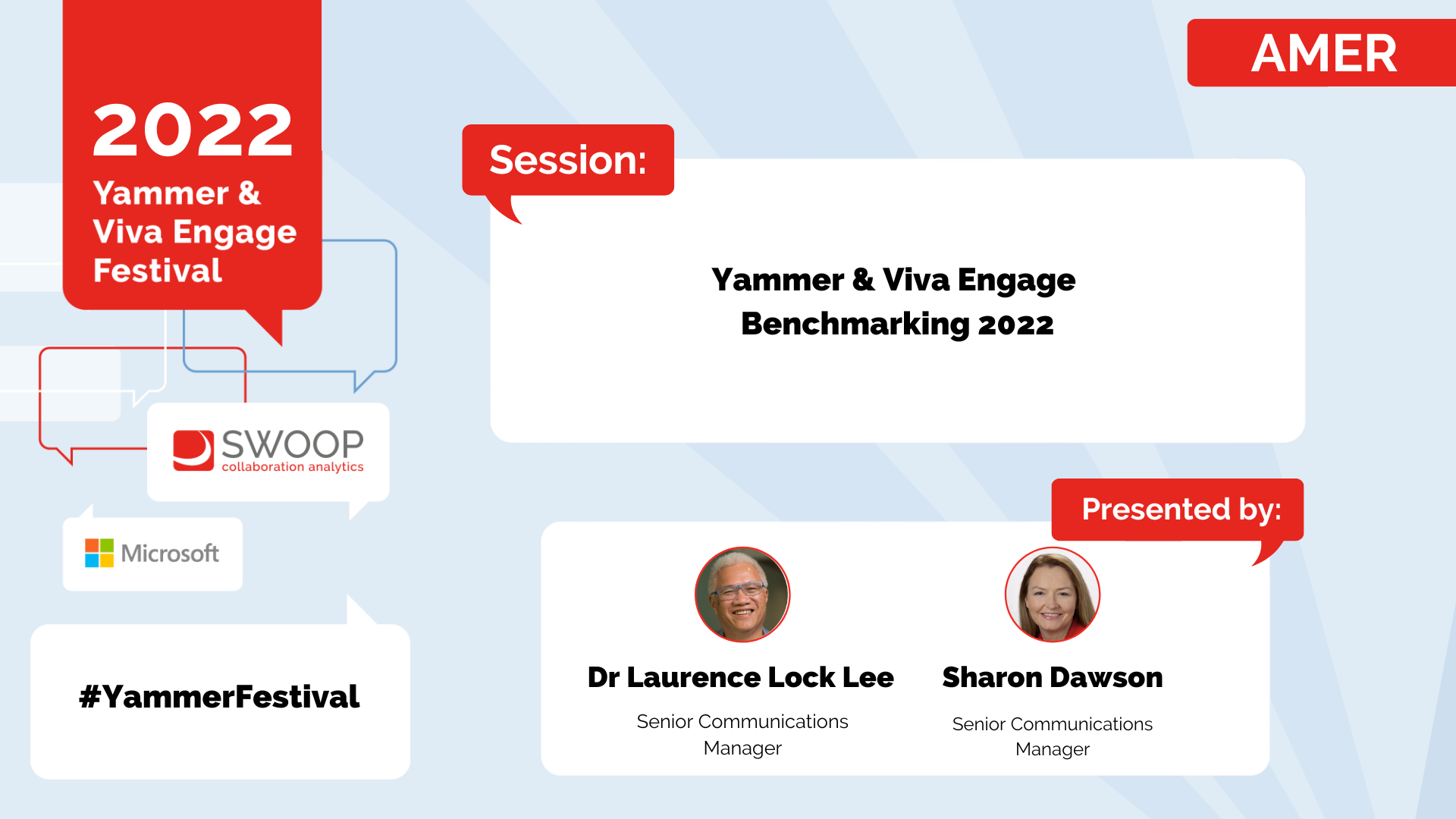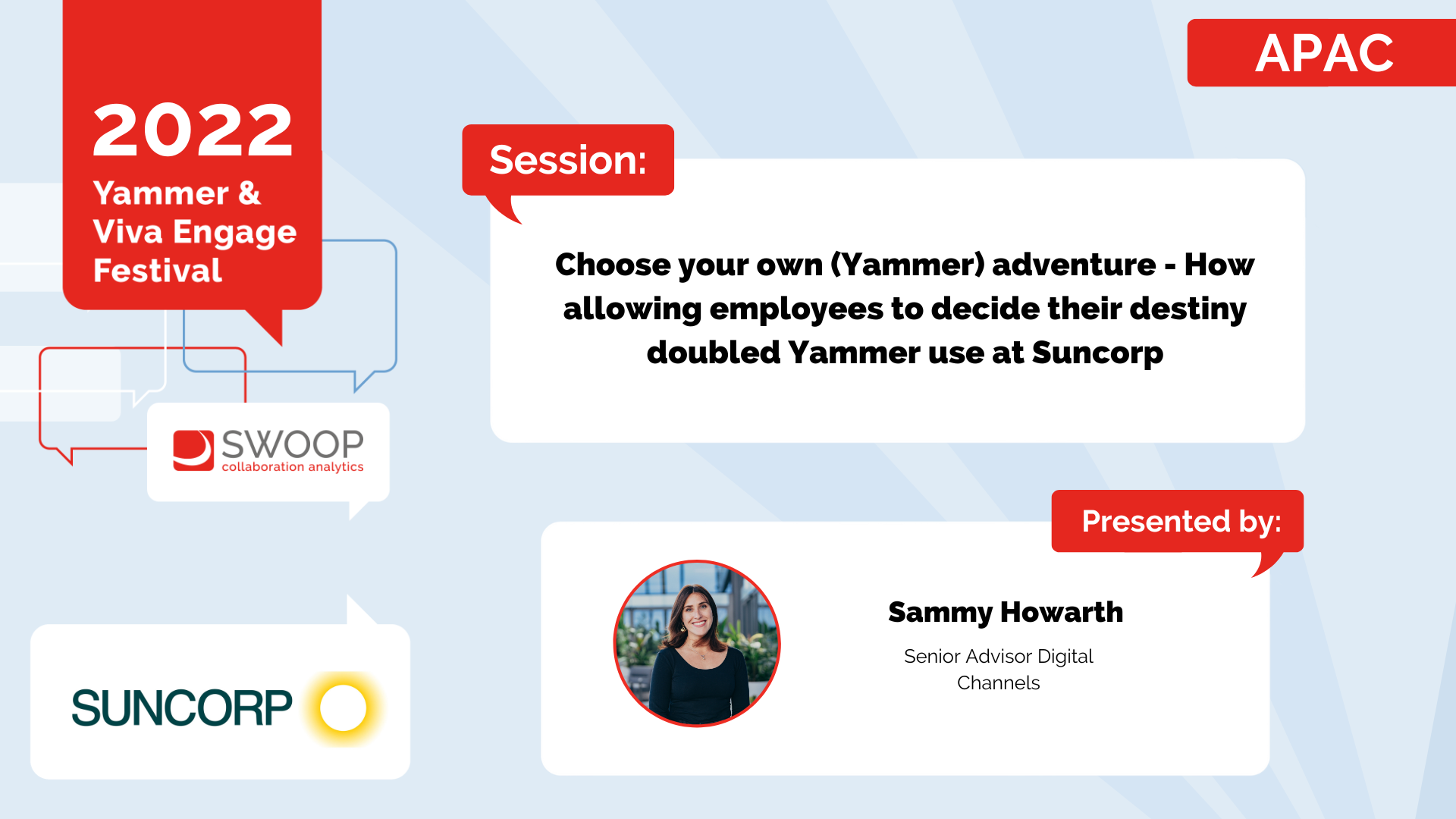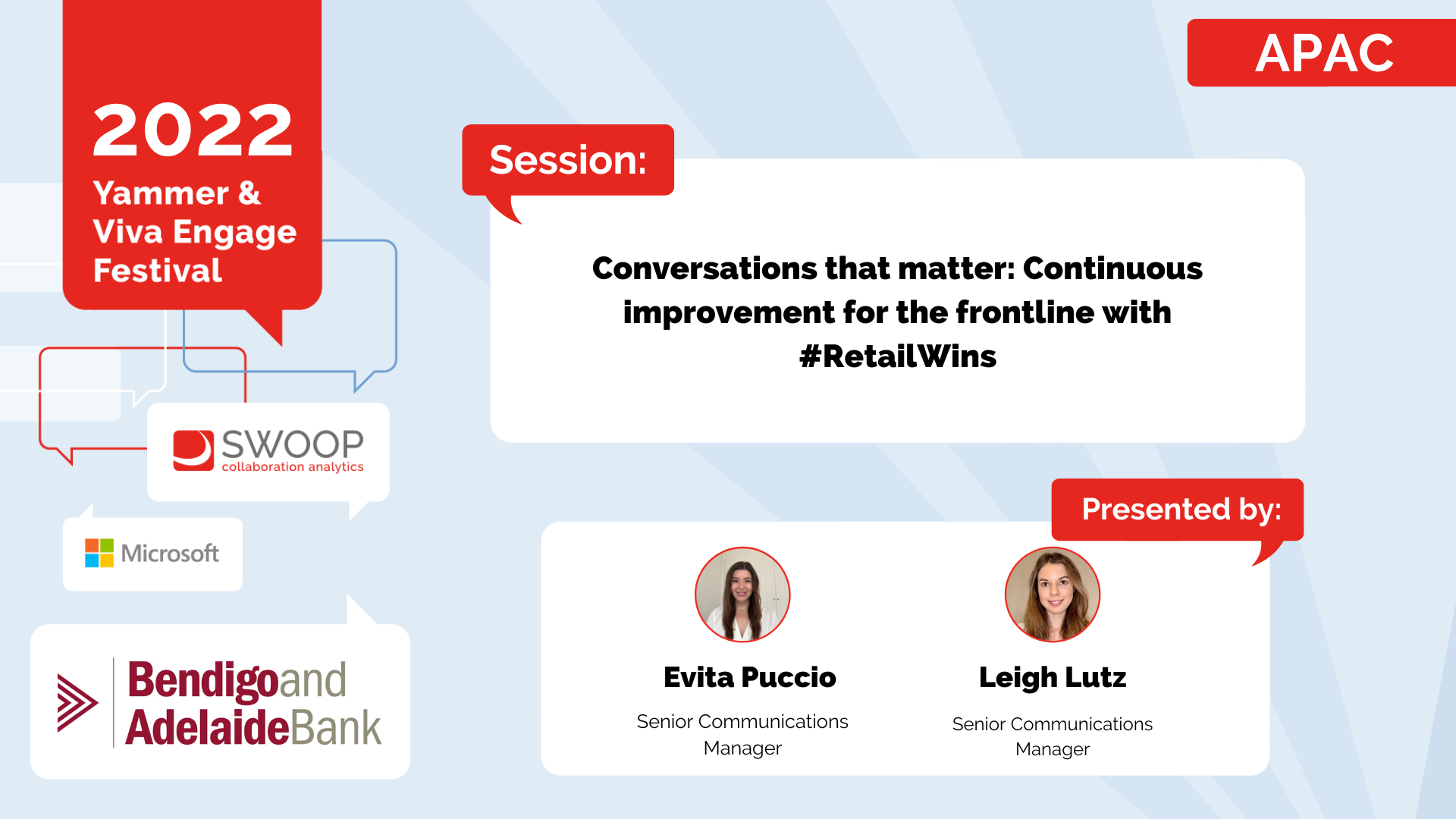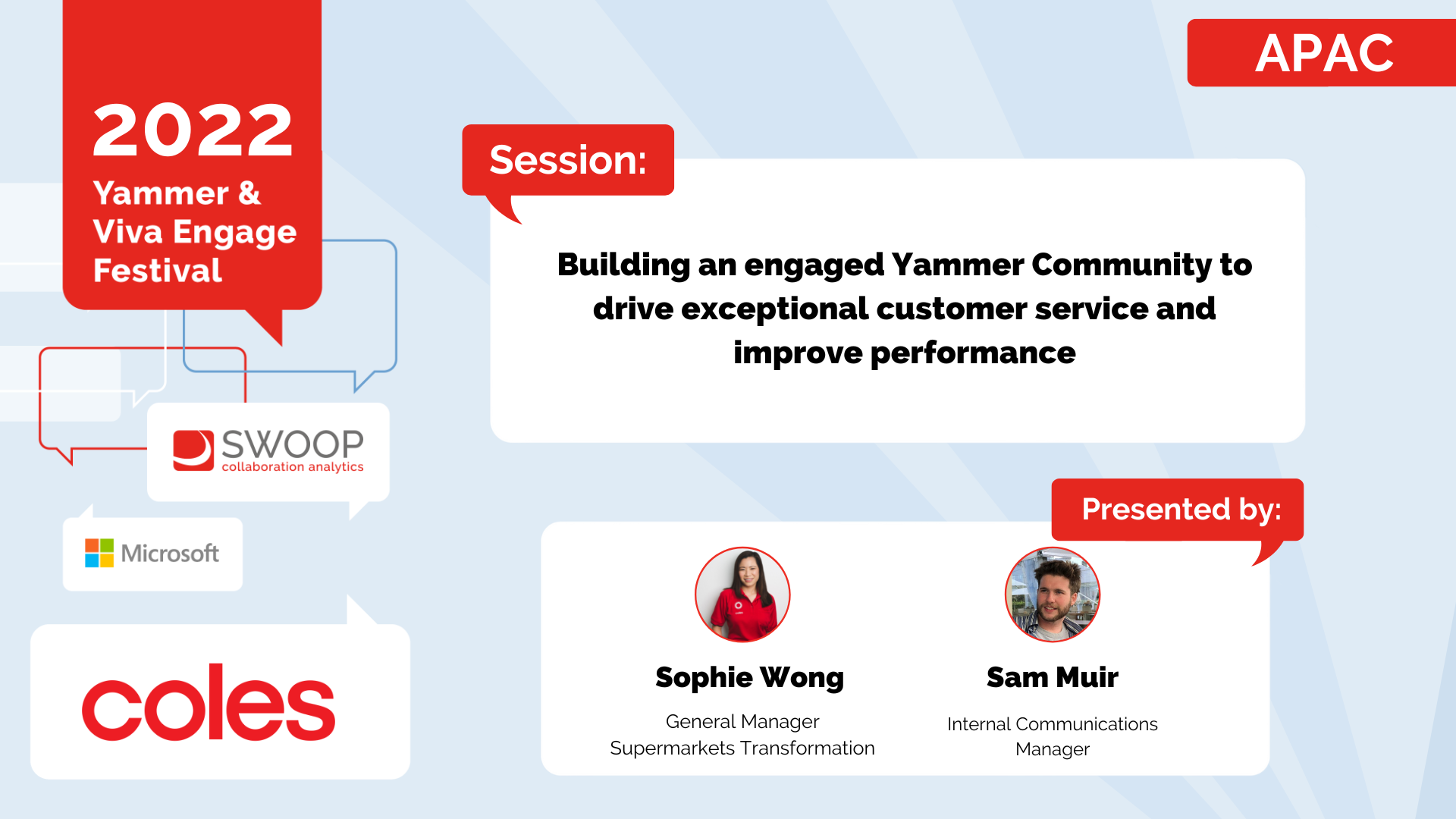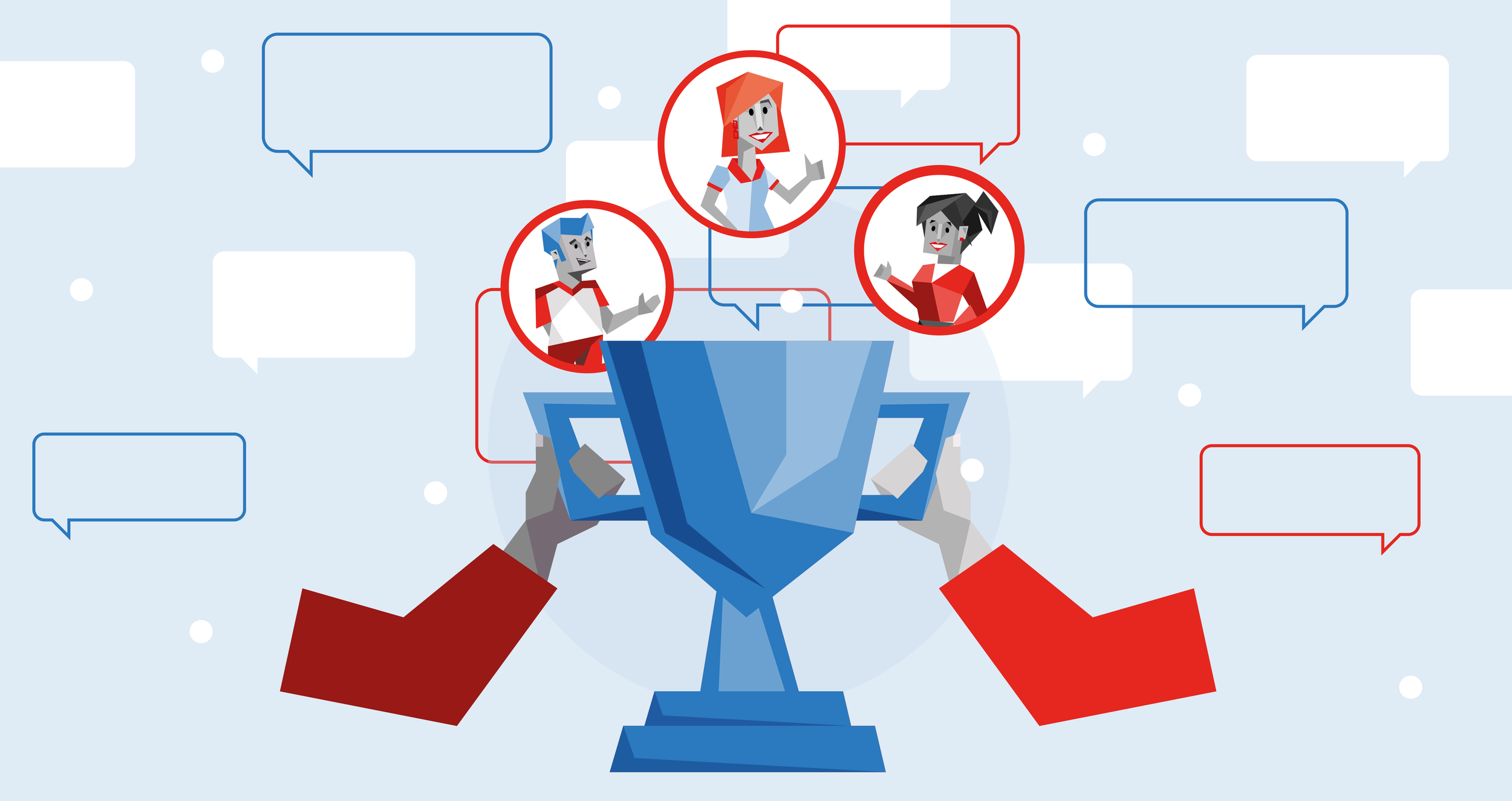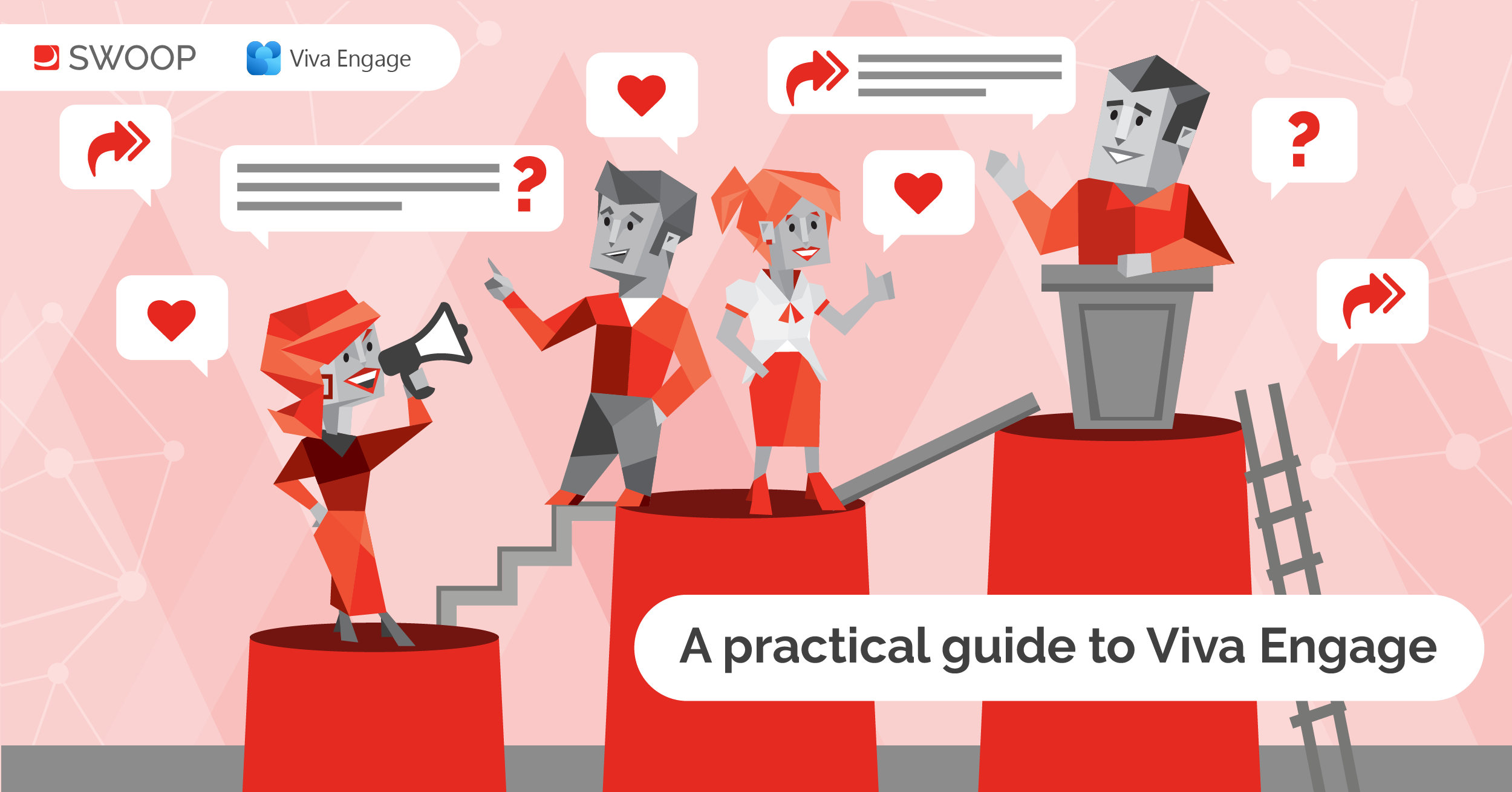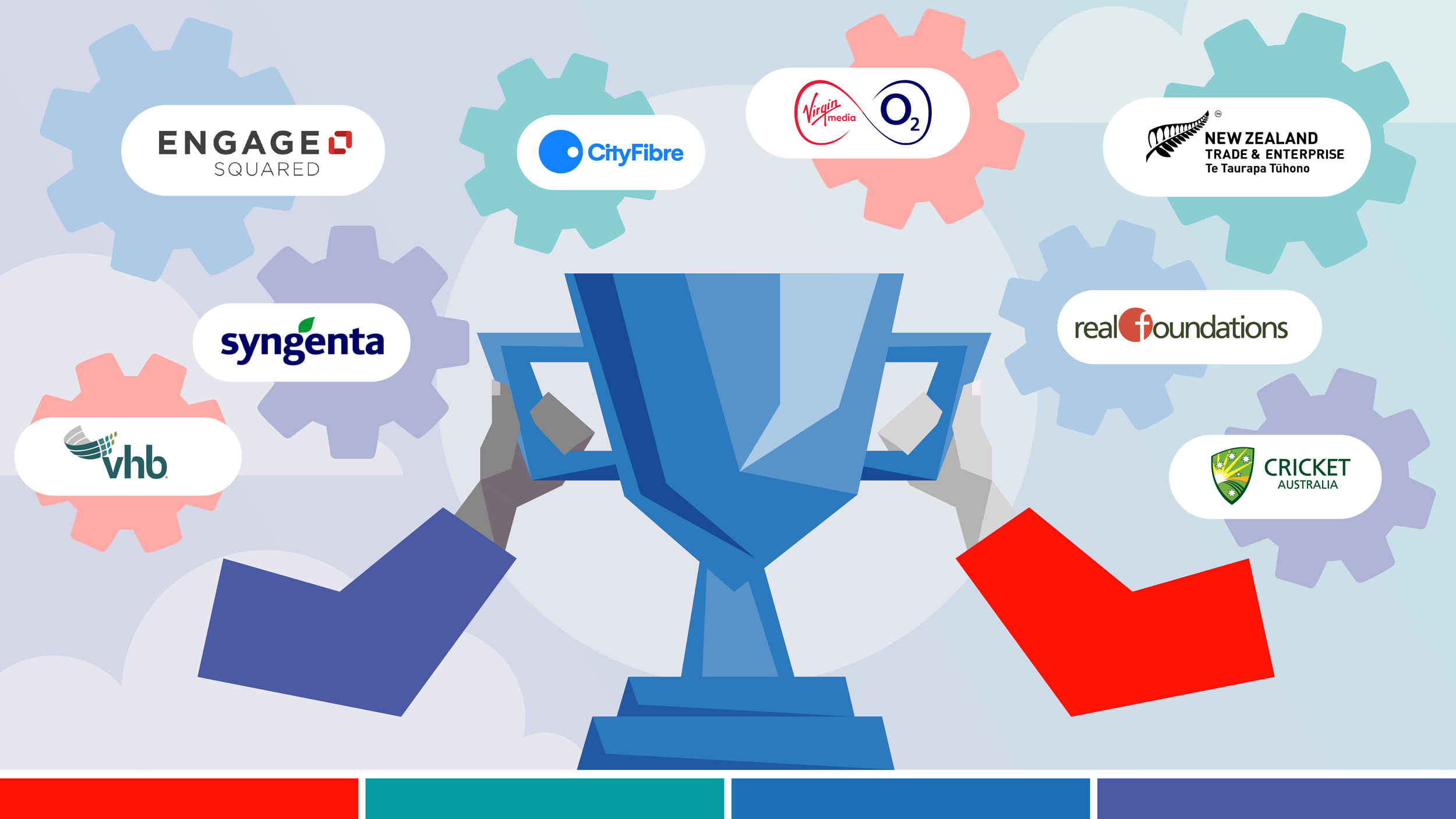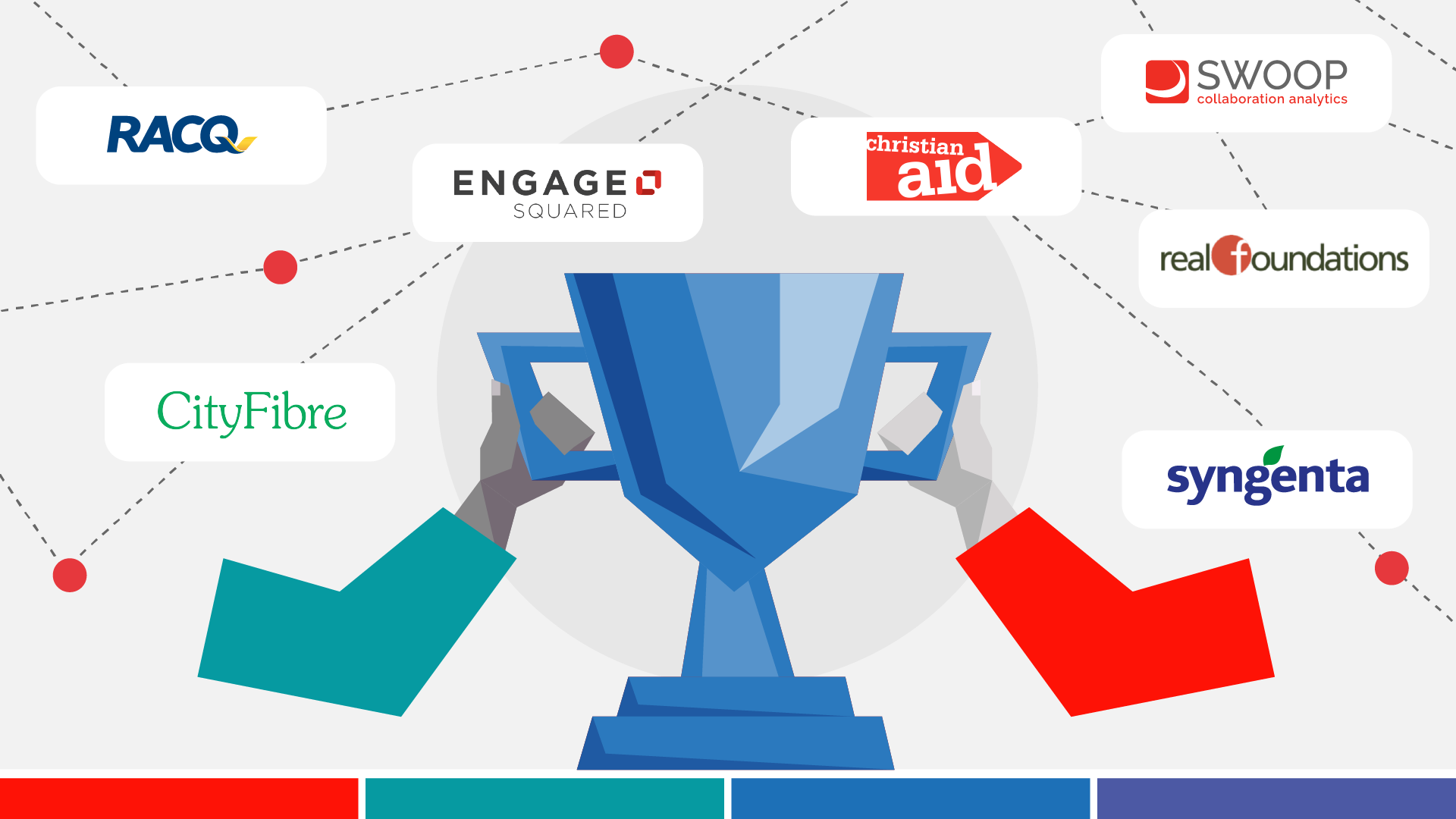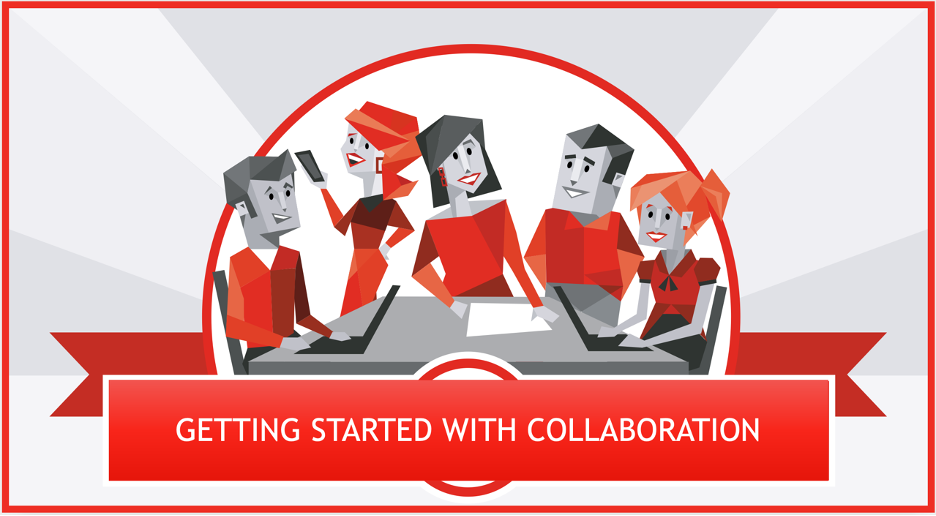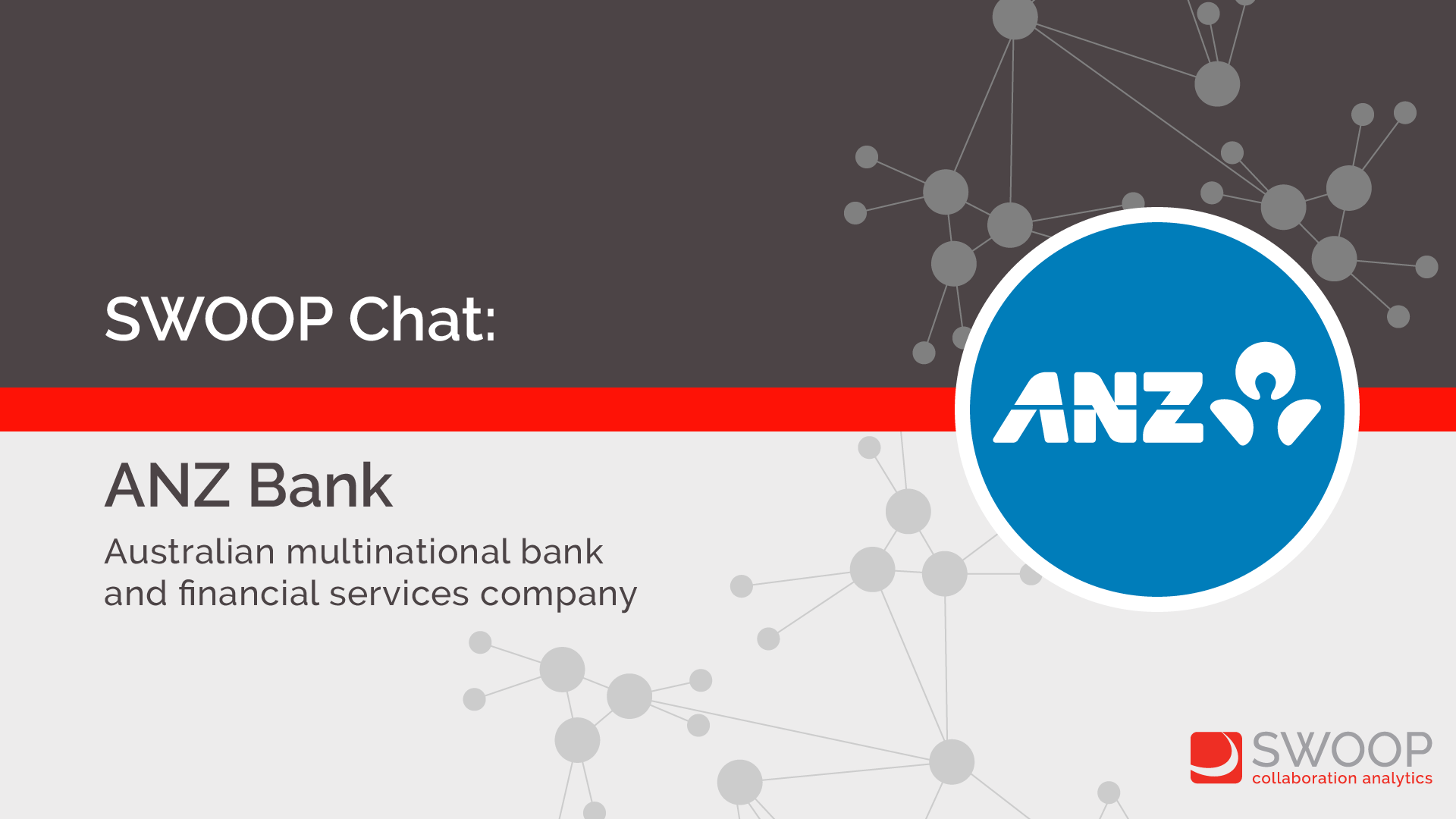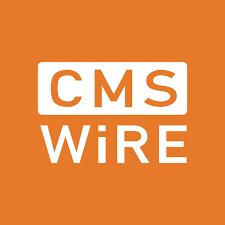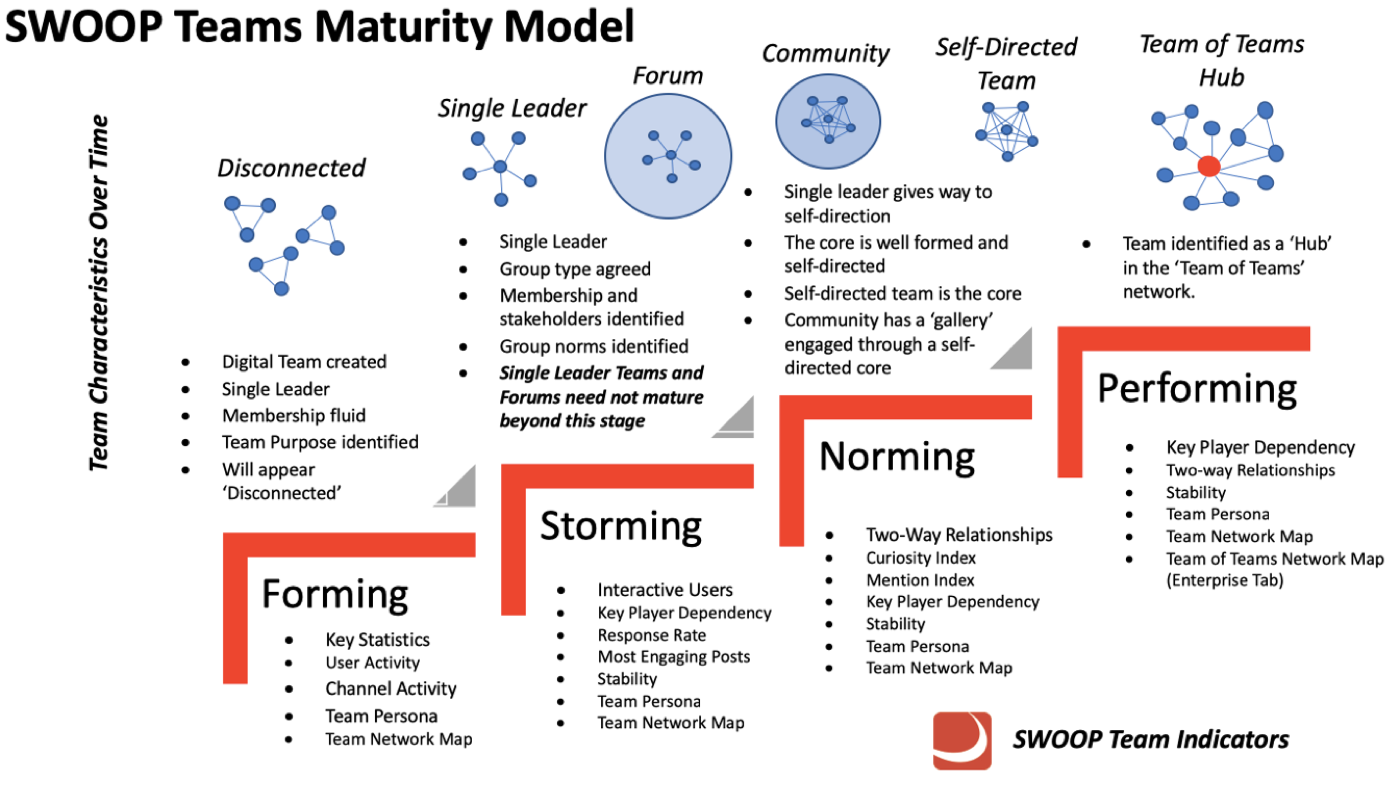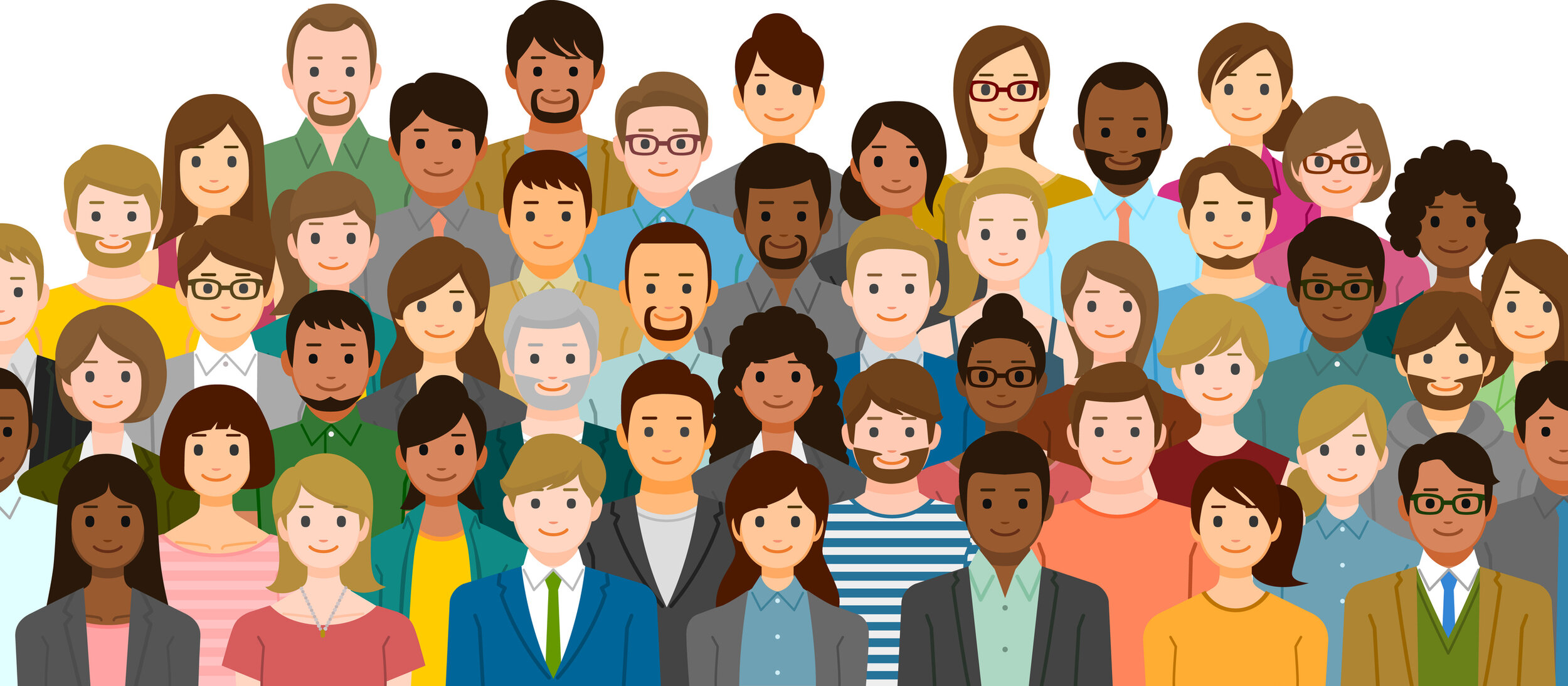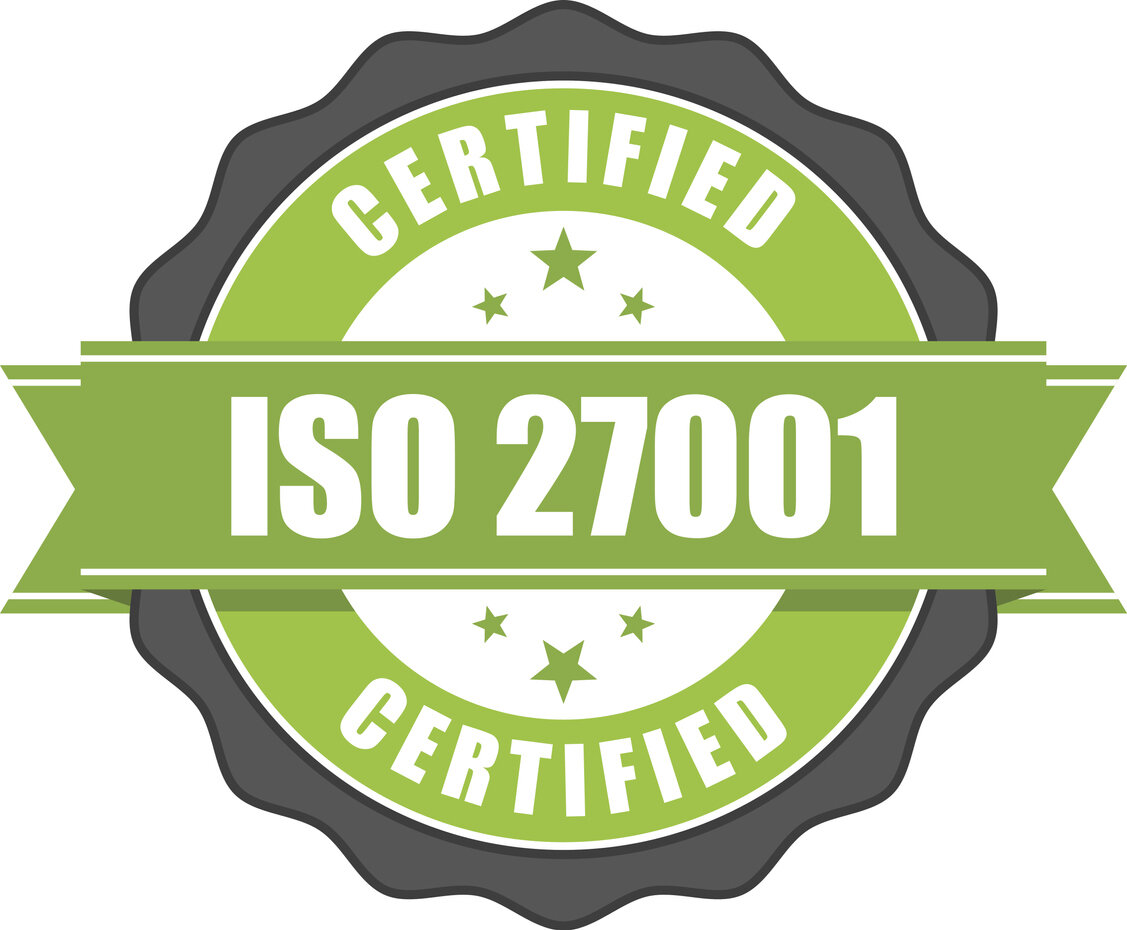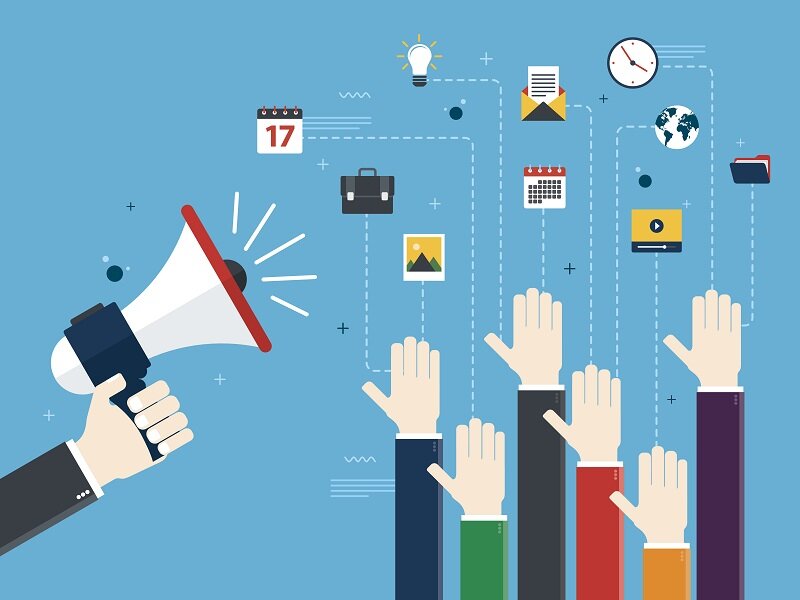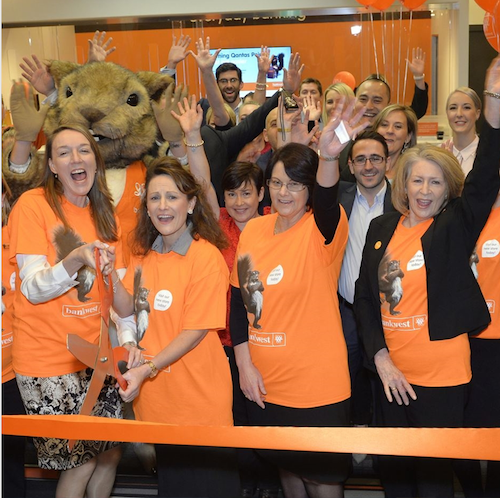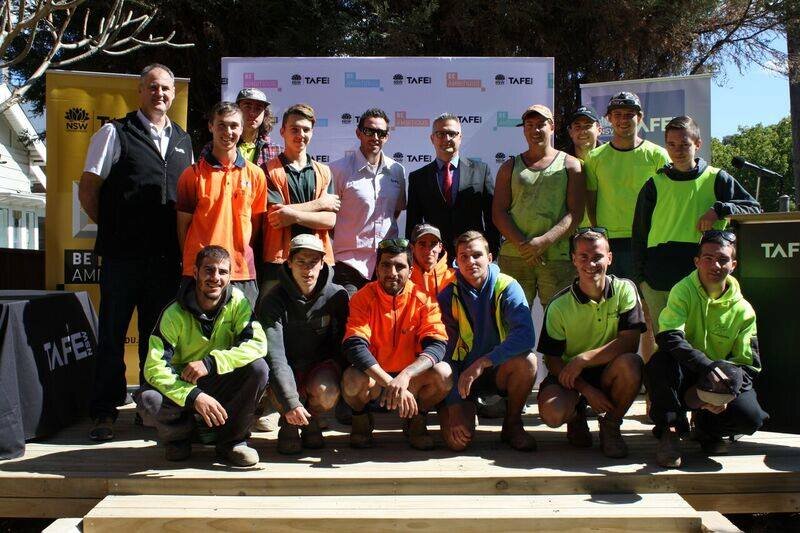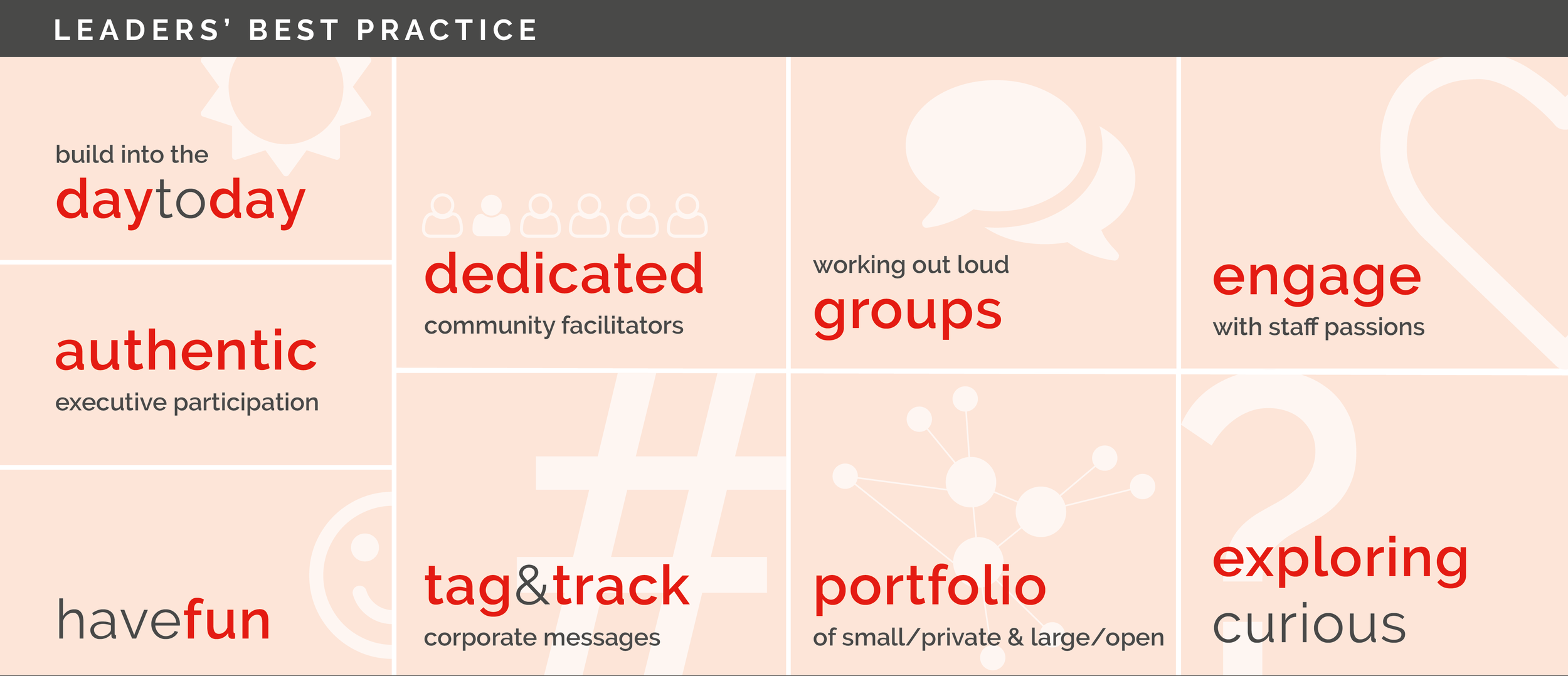Kaiser Permanente: Activating Your Champion Program
AMER | Yammer & Viva Engage Festival 2022
Learn how Jennifer Pelham from Kaiser Permanente built a change management social learning adventure for early adopters to share their enthusiasm with each other, and their friends and colleagues. Jennifer will cover why we need champions, the benefits for champions, and a brief program overview of how she executed the program.
-
Well, yes, so I am Jennifer Pelham. I am a senior IT consultant and a ProSci certified change practitioner. So I was the change lead for the Yammer deployment at Kaiser Permanente, and I still work as the Yammer SME, or if somebody just emailed me and asked if they could call me the Yammer guru, I'm okay with that too.
So I work in the collaboration services department of workplace and network services. My background is in corporate social work, and I've had various HR, internal comms, and IT roles, all really focusing on change management in the digital space. I live near Albany, New York with my husband and kids, and I'm really trying to compete for the title of number one Yammer fan, so who wants to have like a battle? All right.
Well, today I am going to talk about our Yammer Champion program. This is my favorite part of any change management project. I love connecting and building communities, Kai said, and so we developed this wonderful champion program as we deployed Yammer to our organization.
So I'm going to cover why we need those champions, what's in it for the champions. They need benefits too, right, because they are volunteering. And then I will give you a program overview and just some final thoughts of things that I wanted to share on things that we learned and just, you know, really some important points.
So we have a very tiny workforce of a quarter of a million people, so you can imagine that we certainly needed some help when we are deploying Yammer. It's a very large organization and we have a small but mighty team, but we knew that we needed to enlist early adopters, enthusiasts, so we found people that were excited and passionate about new technology, about Yammer if they had used it in the past, about these type of social collaboration tools. So why do we need, why should you build a champion program? Why did we build a champion program? And number one, we really needed to promote that Yammer adoption.
We needed to have people share their experiences with Yammer, with their colleagues, and I'll get in a little bit deeper later on about, you know, what specifically we asked them to do. We also wanted to gather feedback from them. We needed to hear, you know, real employees, we needed to hear their stories, their frustrations, and we gathered this feedback.
It helped us make improvements. We, you know, realized if we needed to do certain trainings or, you know, have certain events, we just, we wanted them also to be our eyes and our ears, you know, we, because we have a large network, we have hundreds and hundreds of communities, so it's not possible for us to see everything that's going on. So we needed to build an army, right? We already had a larger, more general Microsoft 365 ambassador program, but we really wanted this to be more targeted, more specific, but we definitely reached out and advertised to those folks in that program.
And like I said, I love champion programs. It was actually when I got to corporate America, it was one of my first assignments, and ever since then, it's been one of my favorite things to do. That sense of community and building that connection.
I love meeting new people, and it's how we scale change. All right. So what's in it for the champions, right? They are all volunteers.
None of them were voluntold. They all raised their hands, and, you know, we wanted to be very clear that they could get some really cool stuff from this, you know, besides being passionate about new technology and all of that and learning new things and meeting new people. But they were oftentimes the first to know.
If there was something going on with events or training or, you know, any cool new features that were coming or timelines, they were the first to know. We obviously were helping them increase their digital literacy, and as you know, that is a super important skill that we all need these days, right? And there you go. They have this sense of community, and we were offering mentorship, so they would get time with us every month.
And then if they needed us, of course, I got pinged by a lot of them. Again, they were able to give us feedback, and they got this, you know, increased network. They got exposure to what was happening, you know, across the organization.
They got to meet new people, see what was happening, and this is super important in a large organization as well for them to, you know, kind of help break down the silos and meet new people. So we did a – our first cohort, we had about 50% of those participants were beginners. They rated themselves as brand new to Yammer or any of these tools.
The other half did have some more experience. They might have used Yammer at a previous company, or they might have used, you know, a similar tool. We asked everyone to apply, so we wanted to kind of engage them from the start, and we wanted them to have to, you know, fill out a Microsoft form about why they wanted to be involved, what, you know, this program would mean to them, what they hoped to gain from it, you know, and we asked them to rate themselves, you know, did they already ask their manager, things like that, so we had them fill out a form to participate.
All right, so a little bit more about the actual program. So we asked them to do some very specific things, like we wanted them in Yammer for at least 30 minutes per week. That was, you know, first and foremost, the most important thing.
We also had homework for them. We had assignments that we asked them to do, and then we would have them report back on those different assignments. What did they learn? What was the impact? Things like that.
We also asked them to help monitor our Yammer Help and Ideas community and our Yammer Community Managers community. Now, as you can imagine, at a large organization, when we're deploying, we had a lot of questions, and it was really nice to have, you know, these early adopters, Yambassadors, in there, helping us answer these questions. This gave them the confidence to be able to continue to do it.
I think I still see some of our Yambassadors, and they're answering questions on a regular basis, right? We wanted to hear on the regular how their team, you know, was using Yammer to be able to share with their team the importance of Yammer, and then, of course, you know, they needed to help us amplify our events and all of our campaigns. So, the first cohort that we did was, we had, you know, more beginners. It was more, it was a longer program, maybe less compact, and then we decided to make some changes when we ran cohort two.
We decided that we wanted it to be, like, more intense, so more of that boot camp. We figured that, you know, a little time had passed, and maybe more people were more familiar, and we wouldn't need to devote as much time to, you know, people who are beginners in Yammer. So, we did a shorter time frame, three months, and they had homework every week.
And the way that we communicated with them, we did a private community for discussion and reminders and to engage and allow them to ask questions in there as well. And then we met with them every month. And I actually have a sample.
If you want to email me after, I'm happy to share this. If you do want to get some, you know, and steal some ideas from us, I'm happy to show it, but you can tell that we had a theme every month. Here are our, you know, agendas for what we asked them, or, you know, what we did during our meetings with them, and then the assignments.
So, if you want to email me or reach out, I'll have that information, and I'm happy to provide this to you as a PDF. So, yeah, homework. They had homework.
But let me share about some of the outcomes that we saw. Beyond just really the immediate needs of helping us answer questions in our Yammer Health and Ideas communities, we had a lot of our participants go on to lead, you know, some important communities and initiatives within our organization. So, we had, you know, someone from National Benefits Administration that was there and really was one of the pioneers of, you know, integrating Yammer with her SharePoint site.
We had someone who was leading our Administrative Professionals community, which is a very active community of, you know, at least 5,000 people. We also saw engagement from communications. I should add that with Cohort 2, we also, I think we rejected or denied a little bit, you know, a few more people.
We wanted to target people that might have Yammer come up and be a part of their day job, like where, you know, we really tried to connect it to their work so that it was a little bit more meaningful. So, we did. We saw effects of that.
So, our Learning Conference, they have a community that community manager was a part of our program. We had somebody from the comms teams from our BRGs or our business resource groups. We have a really important innovation group and we had one of, you know, them.
We also had some frontline staff. We had a nurse midwife who ended up speaking at an event for us about how she uses Yammer. So, some really awesome outcomes with the participants that were in our program.
This is one of the assignments that we asked. This was another really great outcome that we were asking them to elevate the Yammer impact that we were seeing. So, we asked them to either create a case study themselves or to look and discover.
So, you know, it was fine if they were not content creators. We understand not everybody's, you know, content creator, but we still want people to look and see what else is going on there. And then we asked them to share it and to use the hashtag as well.
All right. I want to share some final thoughts. So, with any organizational change project, it's really about the people.
We're asking them to go be, you know, above and beyond their day jobs. So, really make it about the people. Create an experience for them.
I highly recommend the book, The Art of Gathering by Priya Parker. It really helped me be intentional about the, you know, the gatherings, the environments that I create for people, the experiences, and it very much applies to the virtual space as well. So, I highly recommend that.
But make it about the people. I took a course a long time ago, you know, I'm a social worker, so I'm used to dealing with a lot of volunteers. So, I took a course on how to, like, effectively run a volunteer program.
And I still remember, I mean, gosh, this was at least 15 years ago, but I remember that when people are, you know, working for free or they're going above and beyond, they want to do something that matters. They want to connect what they're doing to the larger picture, right? So, give them real responsibility. Connect it to their jobs.
Help them see that big picture. And also, be patient. And this is sometimes a reminder for myself.
I'm not always the most patient person, but I have to remind myself to be patient, that you don't always see the results, the outcomes right away. Sometimes it takes a while. But as long as you are creating that exceptional experience for people, you're going to, you know, help them feel a certain way, feel connected to something larger, and there's definitely going to be an impact in the future.





